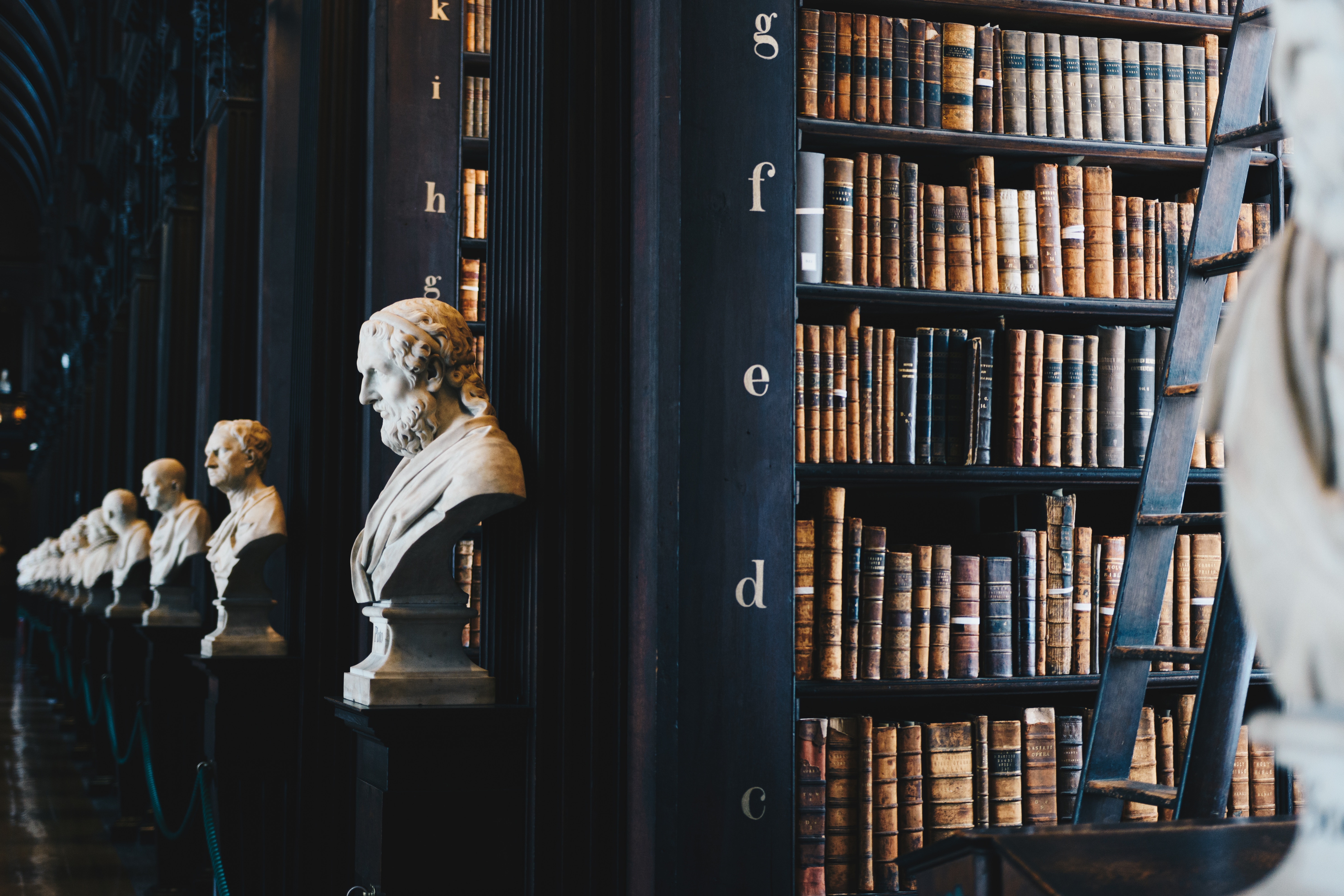It’s a common misconception that poetry and popular culture are mutually exclusive—that high art and refined taste are reserved for the elite, and pop culture is candy made for the masses. But if we take a closer look, we’ll find no hard line between literature and pop culture. In fact, it’s pretty fuzzy. For instance, cartoon character Lisa Simpson was a fan of Emily Dickinson, a fictional Edgar Allan Poe made a cameo on South Park, and Maya Angelou once made Tupac Shakur cry.
Author and humorist Mark Twain was one of the first American authors to popularize prose among everyday people. He began his career writing light, humorous verse with his mastery of colloquial speech. This style helped to create a distinct flavor of American literature that could be enjoyed without pretense. As Ernest Hemingway wrote, “All modern American literature comes from one book by Mark Twain called Huckleberry Finn.”
Baltimore-born poet Frank O’Hara is known for his lively and personable writing style, using colloquial speech and flexible syntax. O’Hara’s poetry draws from everyday life, infusing simple pleasures with themes of love and wistfulness, like in his poem, “Having a Coke with You.” He also wrote a poem after the young James Dean, and long after his death, Don Draper reads his poem “Meditations in an Emergency” in an episode of Mad Men.
Of course, we can’t forget about the 1989 film Dead Poets Society, which went on to win an Academy Award, two BAFTAs, and a handful of Golden Globe Nominations. If you haven’t seen it, an English teacher (played by the late Robin Williams) uses the likes of Robert Frost, Henry David Thoreau, and Walt Whitman (and others) to inspire his students.
Just a few years later, Maya Angelou and Tupac Shakur meet on the set of Poetic Justice. Though Angelou admits she didn’t know who he was when she first talked to him, she was able to share some words of wisdom with him. Her encounter with the rapper was meaningful enough to make her poem “Still I Rise” the title of one of his very own songs, and later, an album.
Fast-forward to 2004, and Whitman’s work makes another cameo in The Notebook. The character Noah (played by Ryan Gosling) reads poetry—specifically Whitman—to help him work through his childhood speech impediment. At the start of the scene, Noah reads “Spontaneous Me” aloud on his porch. Noah’s father cheekily admits he’s a fan of Tennyson himself.
Today, poetry and pop culture might be closer than ever thanks to social media platforms like Instagram and YouTube. Poets are now more accessible and more connected to their fans and to larger audiences, giving rise to the popularity of spoken word poetry and short-form poems. Poet Rupi Kaur recently appeared on The Tonight Show Starring Jimmy Fallon where Fallon revealed that singer-songwriter Sam Smith has a tattoo of one of her illustrations on his arm.
It’s easy to overlook the close ties between poetry and popular culture, but the connection is often a two-way street. Art, music, and literature have to draw from somewhere, and pop culture does too. They’re drawing from the same well we all draw from—the human experience.




